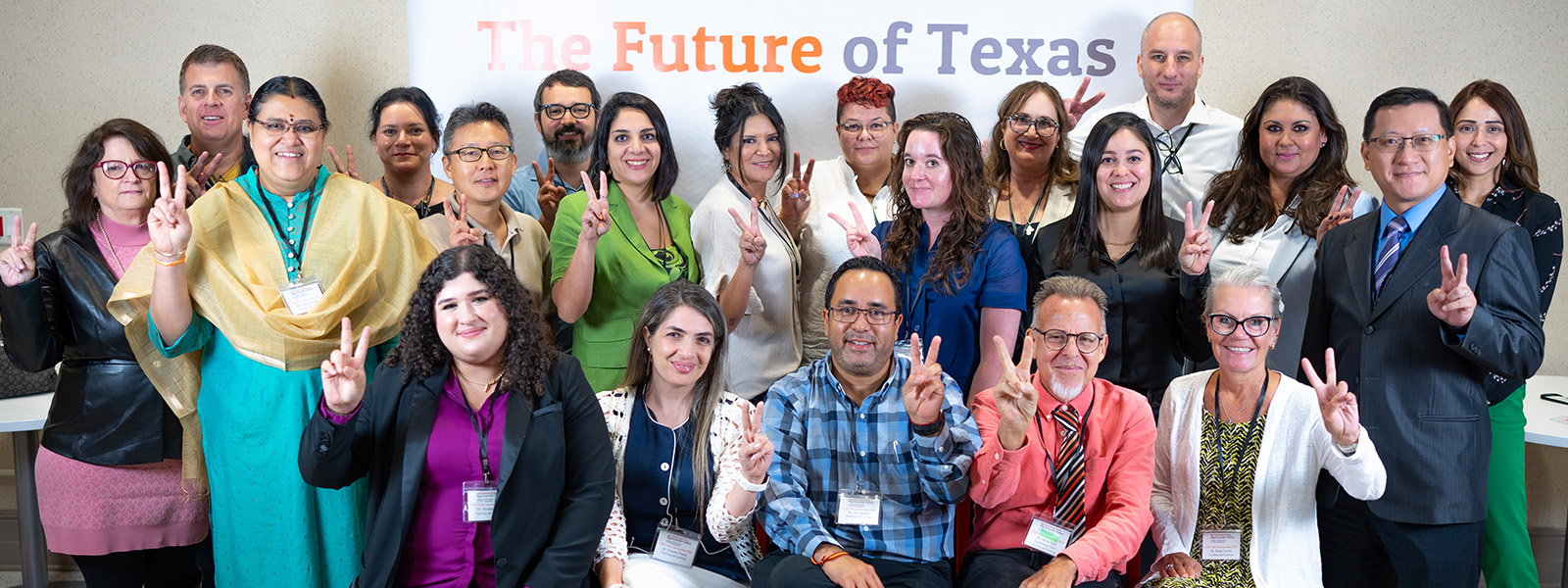
Teaching and Learning Faculty Publications and Presentations
Document Type
Article
Publication Date
12-2024
Abstract
The study investigated the relationships between individual and sociocultural factors and students’ creativity based on a sociocultural perspective. The participants are 7,324 fifth graders from 242 schools obtained from the Korean Educational Longitudinal Study 2013. Through multilevel modeling, student gender, self-regulation behaviors, academic achievement, extrinsic motivation, and perceived parenting style at level 1, and school characteristics such as teacher’s teaching methods, students’ relationship with their teacher, and their teacher’s academic pressure at level 2 were incorporated. The final model incorporating both level 1 and level 2 variables showed that the most significant variable related to students’ creativity was self-regulation, followed by peer attachment, academic achievement, gender, relationship with their parents, academically supportive parenting style, and relationship with the teacher in the order listed. It is assumed that creativity is supported not only by elementary school children’s cognitive ability but also by sociability in school, especially with peers.
Recommended Citation
Kang, S., & Park, H. S. (2024). Correlates of creativity and elementary school students’ perceptions of individual and sociocultural factors. European Journal of Psychology of Education, 39(4), 4365-4391. https://doi.org/10.1007/s10212-024-00876-9
Publication Title
European Journal of Psychology of Education
DOI
https://doi.org/10.1007/s10212-024-00876-9


Comments
Reprints and permissions
https://rdcu.be/dQaxo
This version of the article has been accepted for publication, after peer review (when applicable) and is subject to Springer Nature’s AM terms of use, but is not the Version of Record and does not reflect post-acceptance improvements, or any corrections. The Version of Record is available online at: https://doi.org/10.1007/s10212-024-00876-9